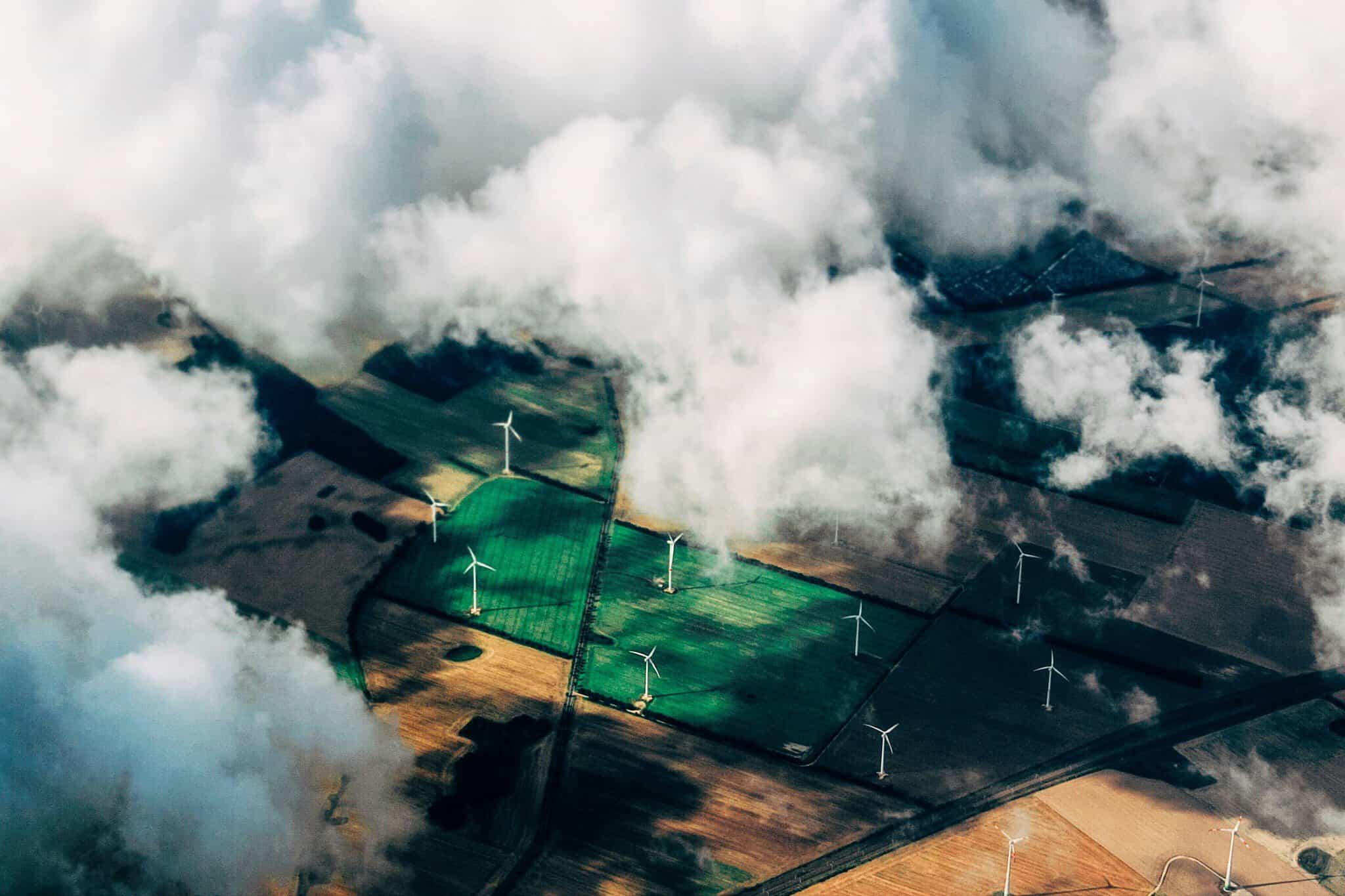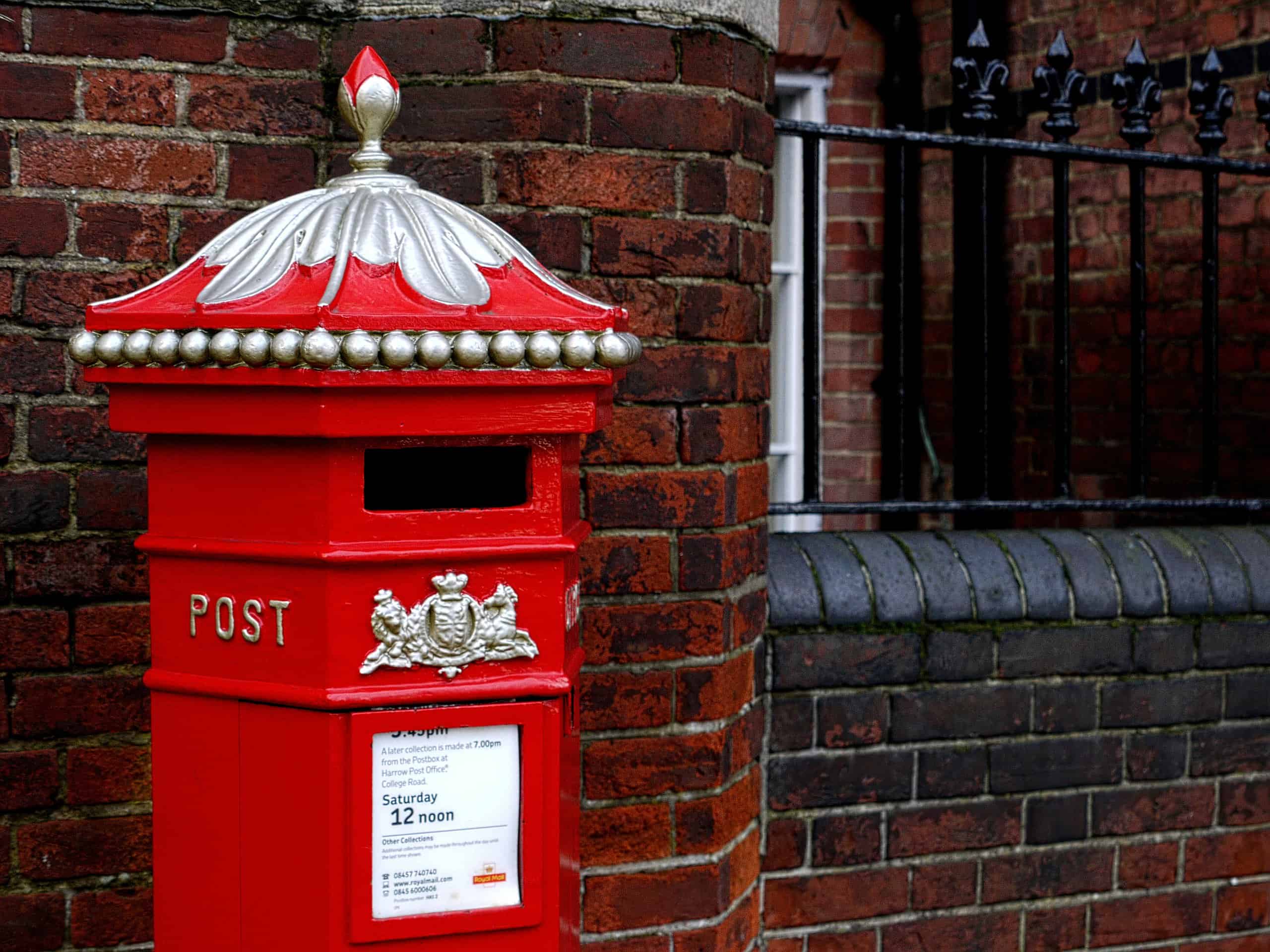
We’re committed now: Softwire is targeting Net Zero by 2040.
We’ve removed all our emissions since 2021 with durable carbon removals such as direct air capture (DAC) and enhanced weathering. That means our carbon impact on the planet is fully neutralised, and we don’t have any net emissions.
But until now, our reduction targets haven’t been nearly as ambitious. Our Net Zero target remained at 2050 – in line with national targets, but no better.
We’ve done it backwards
Net Zero means reducing your emissions as much as possible, at least 90% of the total emissions in your selected baseline year. Residual emissions must be neutralised – removed and locked up long-term – by the target year.
We did this the other way round. For us, neutralising was the easy part – it just required doing a bit of nerdy research (which we love) and spending some cash (which is easy). We chose to immediately offset 100% with durable removals, investing in a portfolio spanning a diverse range of carbon dioxide removal (CDR) technologies.
This put us ahead of the game in some respects. Few companies have a 100% CDR strategy like ours: this CDR leaderboard puts Softwire within the top 50 purchasers, above companies orders of magnitude bigger like Zendesk and Dropbox. That’s because it’s a substantial investment – on average, our portfolio is over 10 times more expensive than even good quality conventional offsets.
But in terms of reduction, we knew we weren’t doing enough. It was high time to consider bringing forward our reduction targets.
The reduction challenge
For a growing services company like us, 90% reductions by 2050 seemed nearly impossible, let alone any earlier. Scope 3 emissions – that is, indirect emissions generated anywhere up and down the supply chain – make up over 80% of our footprint, and they’re notoriously difficult to reduce because you don’t have direct control over them.
We’ve taken up the most common suggestions, like using hardware for as long as possible, encouraging hybrid working, minimising business travel, and providing more plant-based food. What else is there left to do, except wait around for everyone else upstream to do the hard work? On top of that, we’re talking absolute (total) emissions, not average emissions per person. In ten years’ time, we’ll more than double our headcount.
I’ll admit, we did consider bending the definitions a little – after all, they were probably defined with industries other than ours in mind. What if we follow every detail of the Net Zero definitions for Scope 1-2 (direct emissions like energy usage, which we have much more control over), but… take the per-person average of our Scope 3, maybe? Or only aim for a 50% reduction in Scope 3? Or limit Scope 3 to certain subcategories? Some other companies do; it’s certainly not unjustifiable.
Net Zero, no excuses
Not for us. We soon realised that allowing ourselves any hand-waving wouldn’t be true to ourselves and our values as a company. What we need to do to fix the planet is really, really ambitious, but it is also utterly necessary. Consistent definitions are a crucial part of this; if everyone means something slightly different by “Net Zero”, then how will we actually get there?
Having other companies on board helps us achieve our goals faster too. Our Scope 3 emissions may be outside of our direct control, but the more companies like us start putting serious pressure on our suppliers to change, the more action they’re going to take.
So we decided to stick with the Corporate Net Zero Standard developed by the Science-Based Targets initiative (SBTi); that is, a near-term target of 50% emissions reductions by 2030 (with a focus on Scope 1-2 emissions for SMEs), and a long-term target of 90% reduction in all absolute emissions by the Net Zero target year, on top of our existing CDR strategy. We’re looking into submitting our targets to SBTi this year.
Having decided what definitions to use, it only remains to choose a target year. We’ve already established that being ambitious is the only way to make a difference: nothing will happen if everyone sits back and waits for national or global targets to be magically met, but at the same we can’t abandon realism. We want to aim for BHAG territory – a Big Hairy Audacious Goal that’s energising and inspiring, but just a little bit scary. We eventually landed on 2040 as our long-term target year, which we felt struck a balance between achievability and audaciousness.

What will it take?
So how are we going to make the near-impossible happen? Honestly, we’re not sure yet. But here are a few things we do know we need.
- Hope
First up, we need to believe we can do it!
This point gets top billing because I personally struggle with it. 16 years doesn’t seem like a lot of time to cut all of our emissions. It’s hard to imagine zero-carbon laptops, zero-carbon offices, zero-carbon food. Add to that all the doom and gloom in the press, and sinking into climate despair sometimes feels like the only option.
But think how far we’ve come in 16 years! In 2008, wind and solar were only just taking off. They accounted for less than 2% of the UK’s electricity production; now that figure is 35%, and zero-carbon Scope 2 (purchased energy usage) is completely achievable. And the world itself looked so different: in 2008 I would have my little Nokia for a good few more years before switching to smartphones.
Seismic change can happen, and we can all help to make it happen.
- Inter-departmental consensus and collaboration
Cutting emissions involves changes in every area of the company. Whether it’s our office admin team making sure we never run out of toilet paper, our accounts team tallying up VAT, our events team planning company getaways, or our helpdesk keeping our infrastructure running frictionlessly without a hitch, all these teams already take into consideration countless factors and feedback from the rest of the company. Everyone needs to be on board, without exception.
We’re lucky: this part won’t be difficult for us! Sustainability is already a huge factor in the organic decisions happening across the organisation. For example, our helpdesk has been auctioning off decommissioned hardware and donating funds to climate change charities for years.
To facilitate closer collaboration and make sure the new targets don’t become an added burden for teams, we’re setting up a cross-departmental Supplier Sustainability Working Group to establish a more holistic view of the climate impact of our supply chain, and to find more ways to improve through supplier selection and engagement.
- Collective community action
Finally, we need help! We’re still a relatively small company, and when it comes to upstream suppliers, we often don’t have a lot of leverage or choice on our own. We’ve exchanged ideas ad hoc with our friends in the industry, but armed with our Big Hairy Audacious Goal, we’re now putting in a more concerted effort to connect. So if you’re in the same boat, drop us a line!


